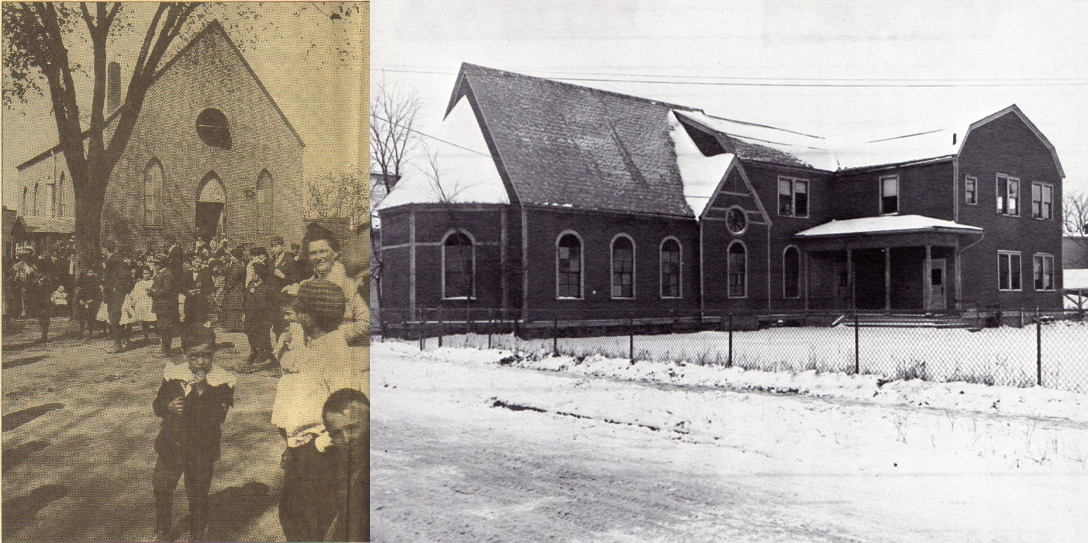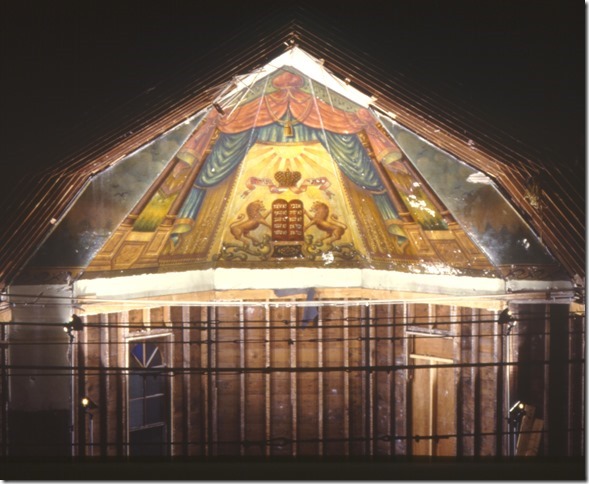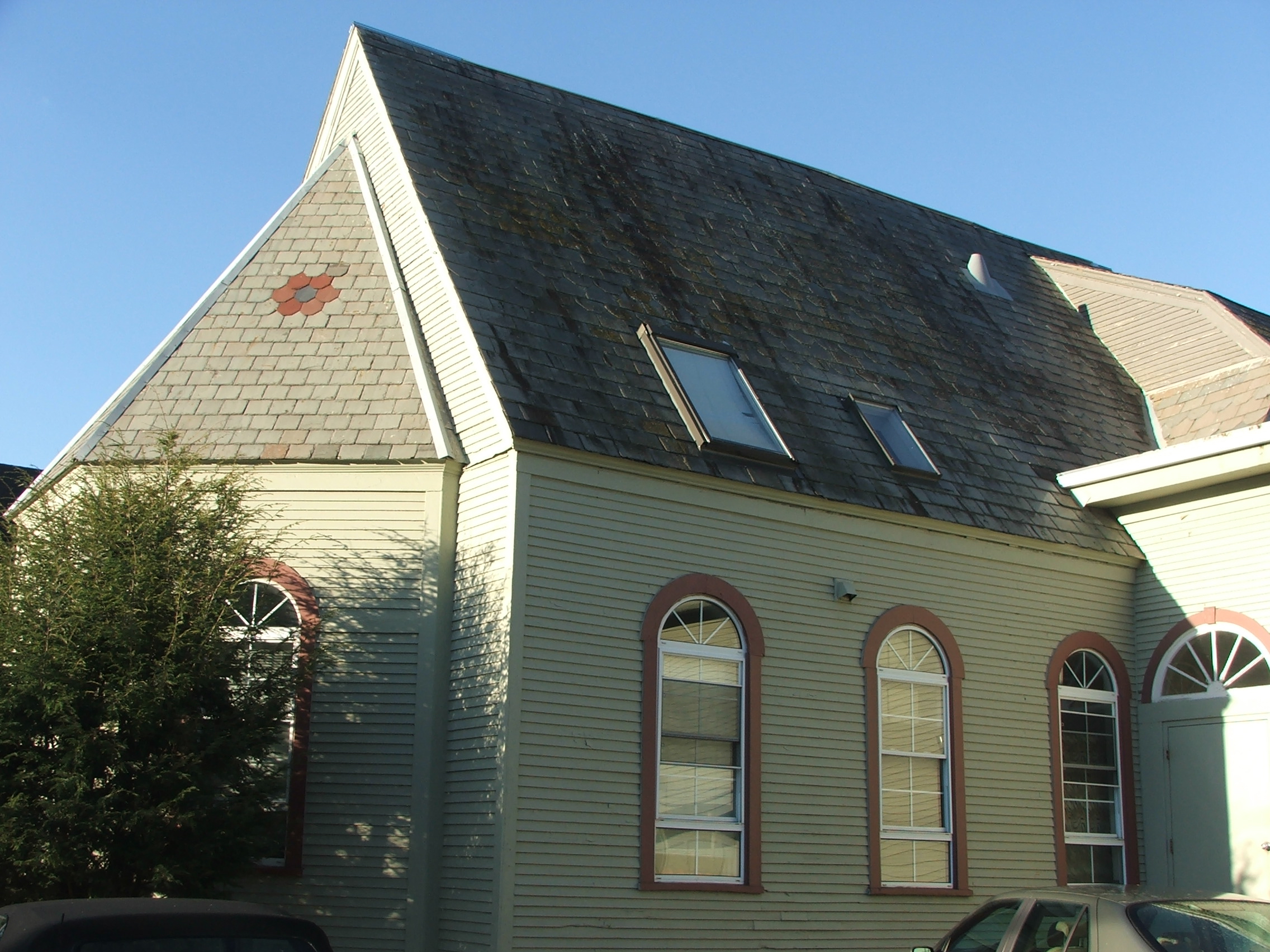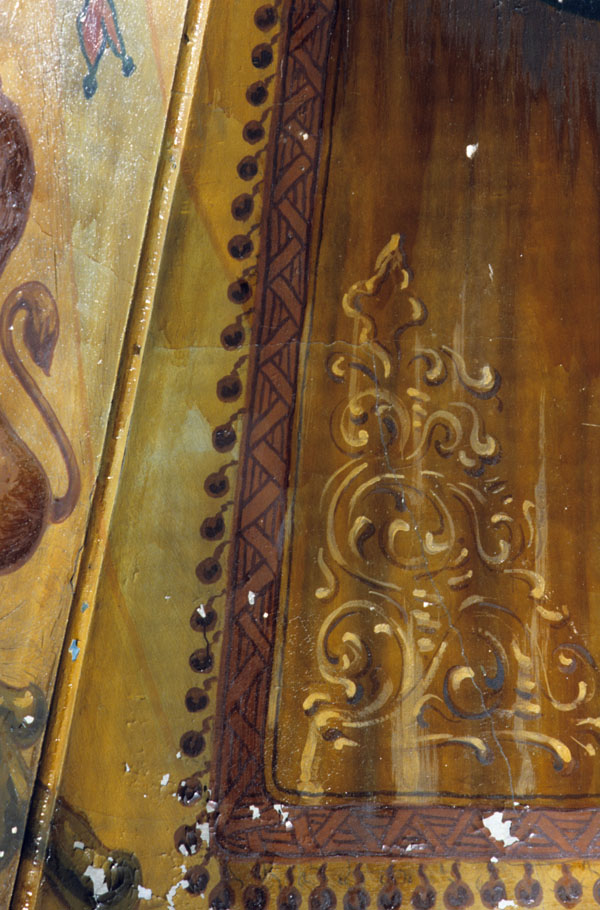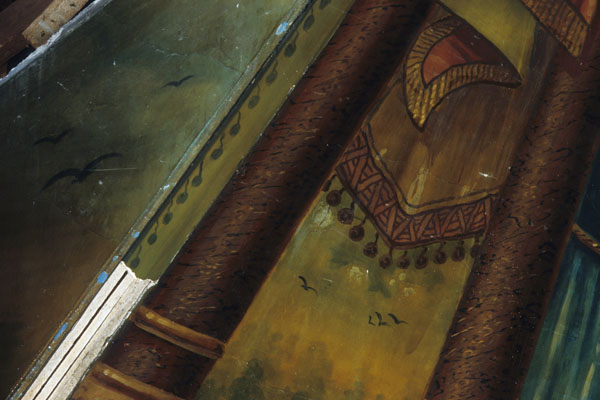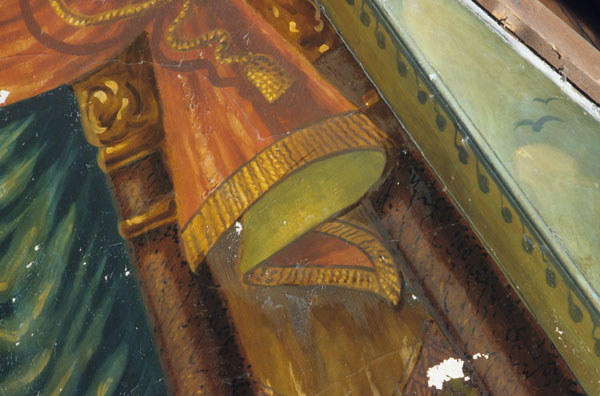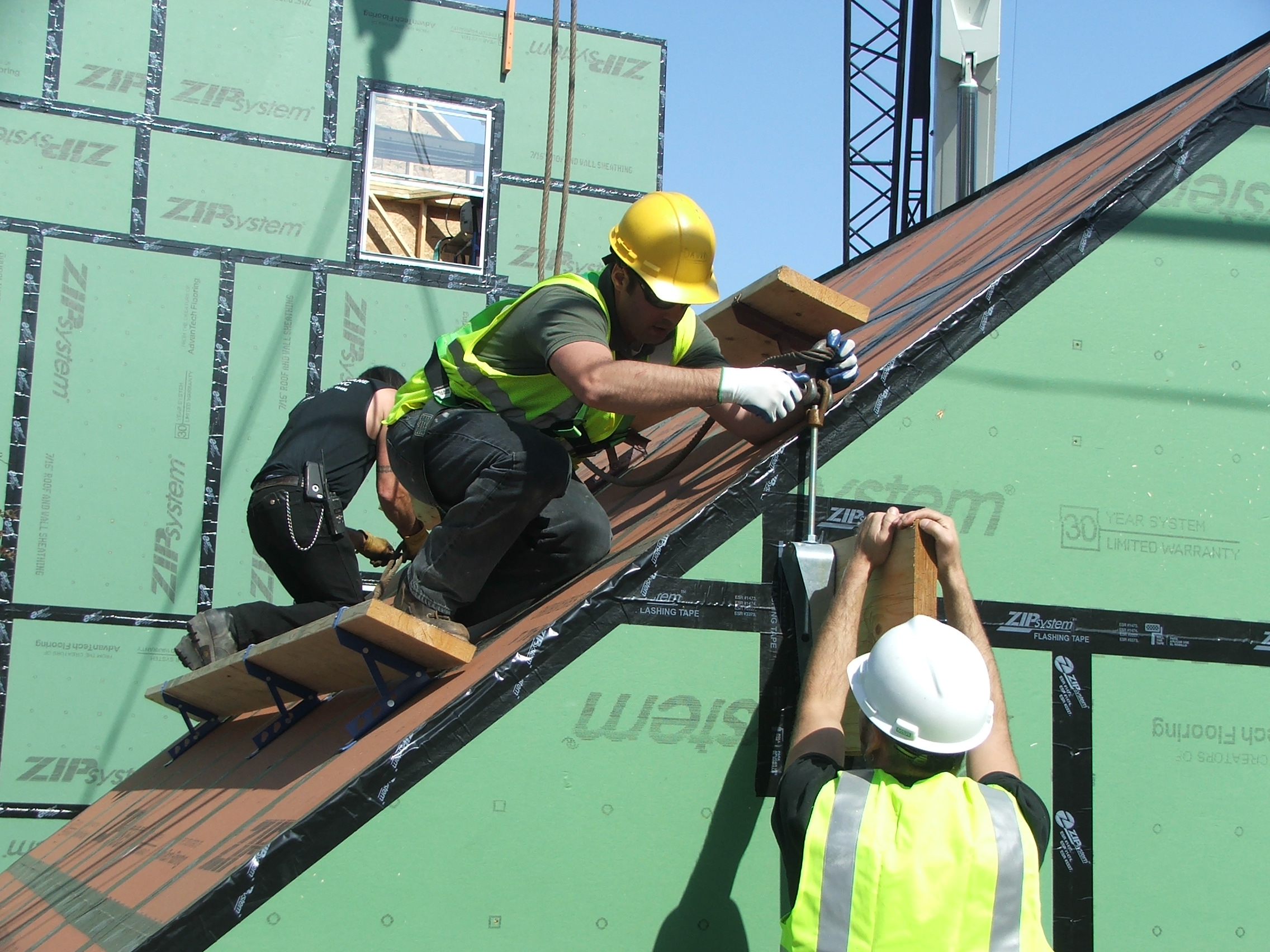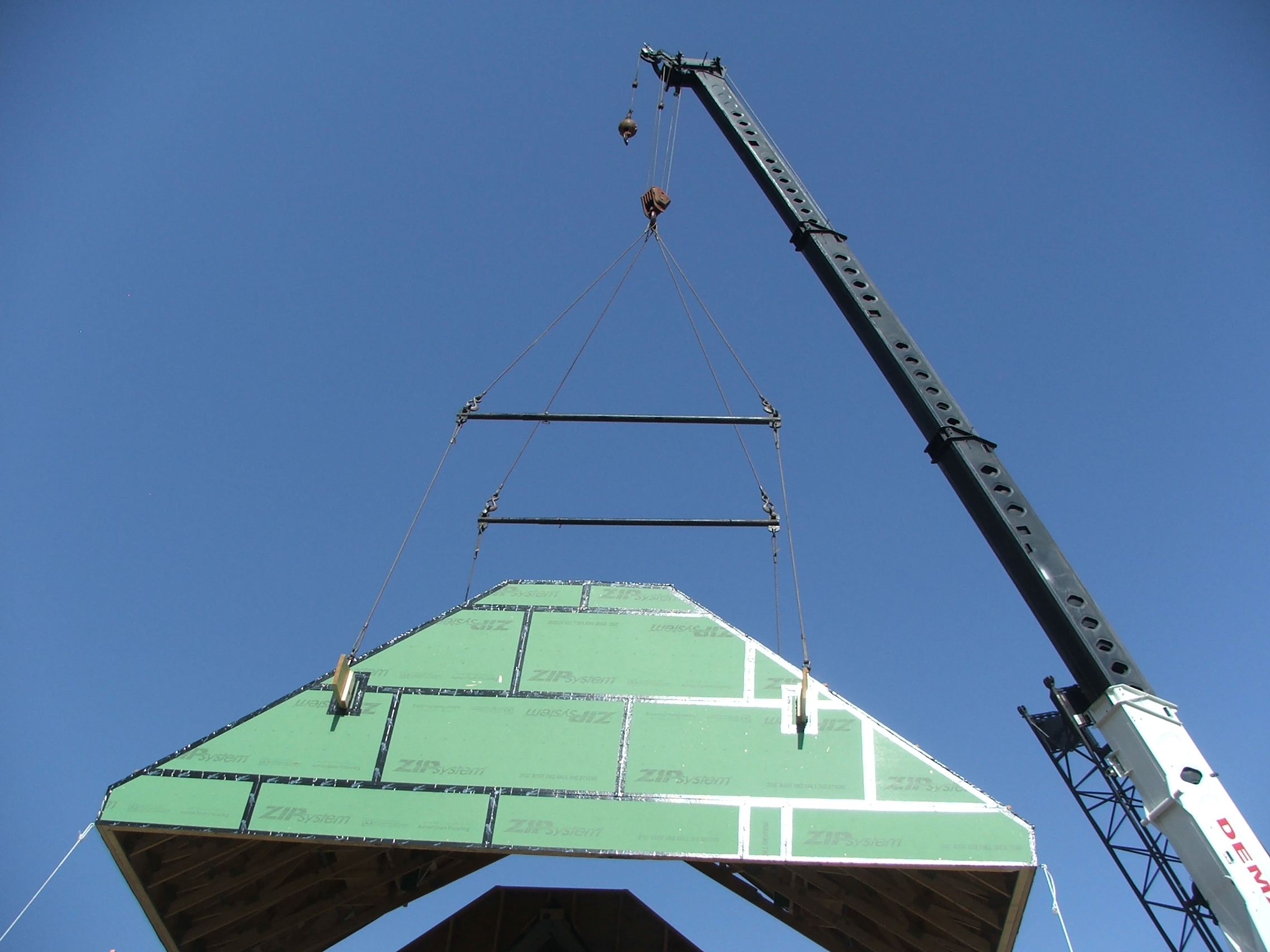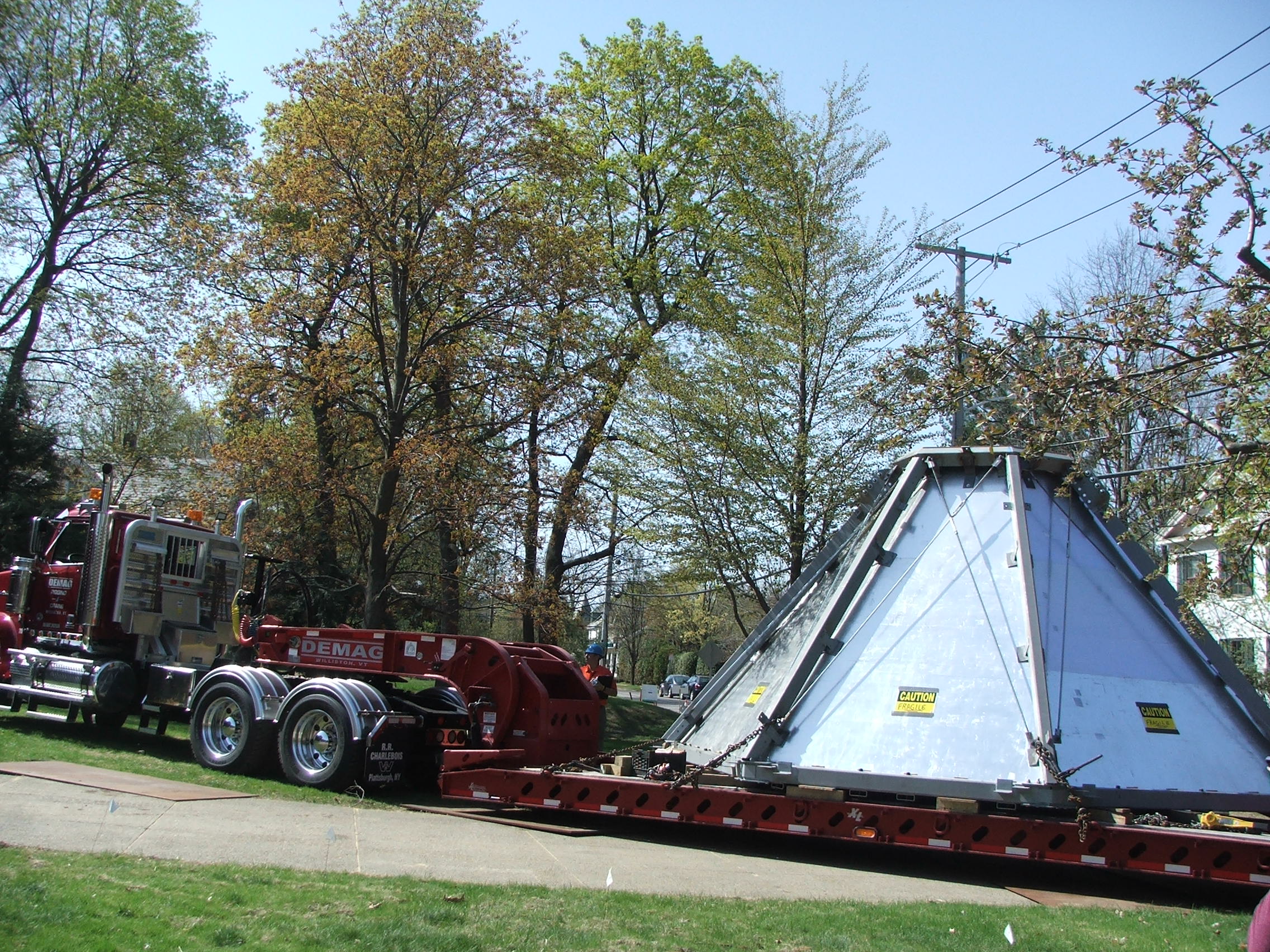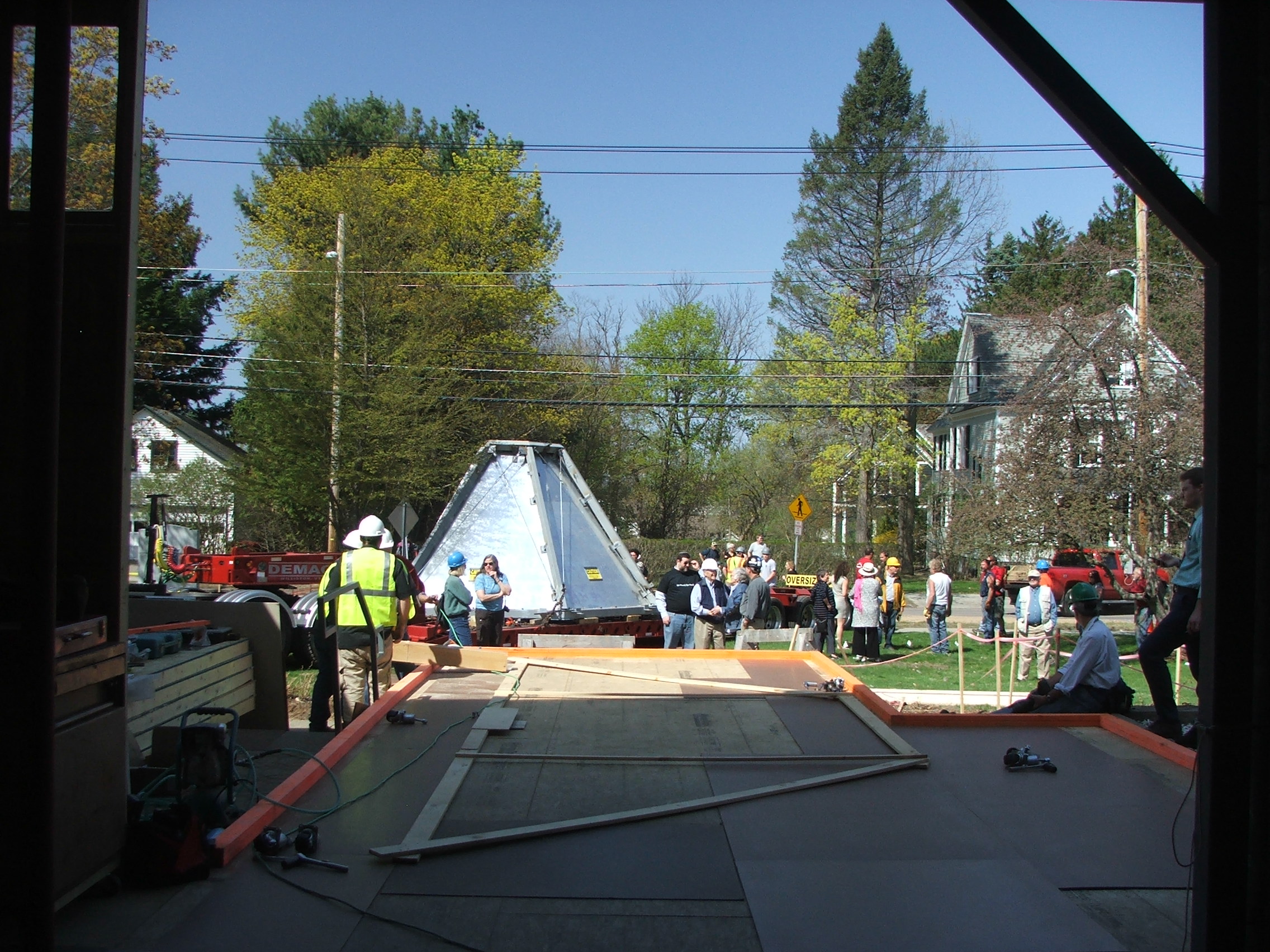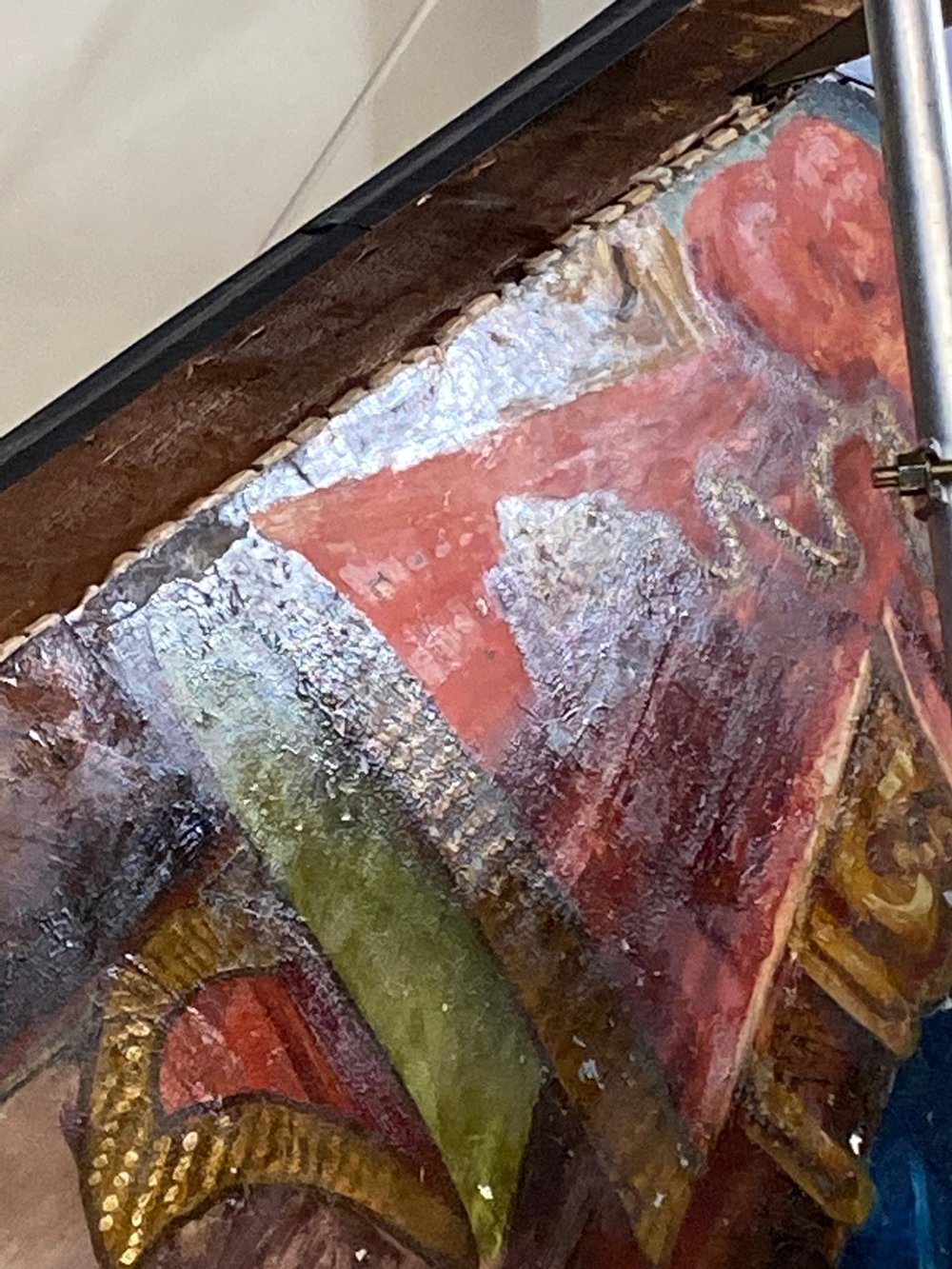
Left Image: The Chai Adam (Burlington, Vermont) mural, shown above the Torah Ark in this 1910 photograph, was painted by Lithuanian artist Ben Zion Black in the vibrant and colorful folk-art style present in hundreds of Eastern European synagogue interiors in the 18th and 19th centuries.
Right Image: Today, the “Lost Mural” has been recognized as one of only a handful of remaining examples of this once joyful art form, described by experts as a “Holocaust Survivor” and “accidental survivor of an otherwise vanished past.”
Interested in seeing the Lost Mural?
A private tour of the Lost Mural is available by appointment only. Click here to set up a time to visit.
Seeking Volunteers
The Lost Mural Project is seeking volunteers to serve as docents during public tours. If you are interested in being trained as a Lost Mural tour guide, with materials provided by the Lost Mural Project, click here.
Media Inquiries
High-resolution photos of the Lost Mural (before, during, and after restoration) are available upon request. Lectures and Zoom recordings may not be reproduced, reprinted, or used for any purpose without express approval of the Lost Mural Project. Please email Aaron Goldberg agoldbergvt@gmail.com to request such permission. Media inquiries can also be made to Becky Holt, the Lost Mural Project's Communications Director at beckyholtvt@gmail.com.
1885
Origins of the Mural in the 19th Century
Murals and Jewish Life in 19th C Eastern Europe
Read more about other former synagogues where wall paintings have been discovered, or about synagogues still in use where the decoration is part of this tradition:
Read more about the destroyed wooden synagogue and painting of Mogilev, Belarus
Read more about about the former synagogue of Čekiškė, Lithuania
The Origins of Burlington’s “Little Jerusalem”
In 2012, Vermont Public Television produced an award-winning hour-long documentary, “Little Jerusalem” (1885–1986). Archival photographs, records, stories, and interviews with former residents were used to recreate the spirit of this unique transplanted Lithuanian shtetl of more than one thousand residents, which flourished through World War II.
Left Image: Burlington’s original synagogue, Ohavi Zedek (“Lovers of Justice”) was built in 1887 by a group of itinerant peddlers from Cekiske, Lithuania (outside Kovno). This 1903 photograph, from Simhat Torah, shows the newly bricked exterior.
Right Image: In 1889, the tiny Jewish community (150 residents) built a second synagogue, Chai Adam (“Life of Man”), within 500’ of the first. The wooden synagogue included a unique second story Victorian turret (seen on left, pitched slate roof), situated above the ark. In 1910, this interior space would house the mural.
1910
1910 (Meet the Artist and The Mural is Painted)
About Ben Zion Black
Ben Zion Black was born Ben Zion Joseph Bloch, in Kovno, Lithuania, in 1886.
The youthful artist and theatrical producer arrived in Burlington in 1910, in search of Rachel Saiger, with whom he’d fallen in love in Kovno while casting her in one of his productions.
On his arrival, Burlington’s second Orthodox synagogue, Chai Adam (“Life of Man” was undergoing renovation and remodeling. He was offered $200, equivalent to $5,314 today, to paint the interior of the sanctuary including the mural and ceiling.
During the next six decades of his life in Burlington, Black would distinguish himself as a gifted commercial sign maker and indefatigable champion of Yiddish culture as a poet, playwright, mandolin orchestra leader, and impresario.
Mural is Painted
Mural Photographed in 1986
Ben Zion Black’s mural depicted the Tent of the Tabernacles as described in the Book of Numbers, including the Decalogue flanked by rampant lions and surmounted by a floating crown, all bathed with the rays of the sun, and framed by architectural elements and elaborate curtains.
The Chai Adam Synagogue, located at 105 Hyde Street, Burlington, VT, housed Black’s mural.
However, Black’s work was not well-received. Many viewers questioned the use of angels and musical instruments. Depicting angels is considered to be violating a commandment that prohibits idolizing an image. Traditionally, instruments are prohibited during observance of the Sabbath. Black received no further commissions from the synagogue.
1938–1985
Lost Worlds
Chai Adam synagogue closed in 1939, its congregation merging with Ohavi Zedek.
With the subsequent sale of the building and its conversion for commercial use, all aspects of its religious past were lost, with the exception of the mural. While long-term carpet warehouse owner Harry Wheel was a devout Catholic, his son-in-law recalled, “the mural spoke to him.” With the almost complete decimation of European treasures in the Holocaust, this piece serendipitously survived.
1986
A New Urgency
In 1986, the former Chai Adam synagogue was purchased with plans to renovate the building into multiple apartments.
Recognizing that the future of the mural was in jeopardy, Aaron Goldberg, the archivist for Ohavi Zedek Synagogue and descendant of the founding immigrants, convinced the new owner to seal the mural behind a wall, hoping it might be reclaimed at some later date.
Before being hidden, archival quality photographs of the mural were taken and paid for by Ben Zion Black’s daughters, including Leicia, then an accomplished architect and personal assistant to I. M. Pei.
2010–2012
The Mural Revisited
Between 1986, when the Chai Adam Synagogue mural was hidden and “lost,” and the year 2005, international scholars published books, academic papers and pictures about Eastern European Jewish folk art and wooden synagogues documenting the almost complete loss of this once flourishing genre.
These publications inspired the Burlington Friends of the Lost Mural to launch a new effort to preserve the mural. With the support of the building’s new owner (Offenharz, Inc) in 2012, the false wall was removed by the Lost Mural Project to assess the mural’s condition.
Below are a number of pictures showing how the wall was cut open to expose sections of the mural. Damage was clearly visible, the effect of insulation having been placed too close to the mural.
New Owner, New Opportunities
The committee reached out to Offenhartz Inc., and began to devise a plan to fundraise for the purpose of exposing the entire mural.
2013
Mounting the Campaign to Preserve The Mural
Madeleine May Kunin came to America in 1940, at age 7, as a refugee from Switzerland escaping the Nazis. Between 1985 and 1991, she served as Governor of the State of Vermont. She currently chairs the Friends of the Mural Board.
As money is raised, conservator Connie Silver is hired to evaluate the condition of the mural and determine necessary steps to protect it.
Over the next two years, Silver would painstakingly stabilize the mural by reattaching flaking paint onto the plaster, selectively remove multiple coats of shellac, grime, and particulate ash (both proving the authenticity of the mural and revealing a very different color palette than what anyone imagined. The rediscovered colors are consistent with those in the Book of Numbers (4:6-12) describing the Tent of the Tabernacles.
In the months following Connie Silver’s discoveries, additional conservators, engineers, and contractors undertake a series of steps, constructing a temporary structure with which to remove the exterior slate roof, assess and strengthen the mural lathe from the back and encase it in a protective metal frame.
Madeleine’s personal appeal during the 2014 campaign (2 minutes 30 seconds)
The project received support from hundreds of individuals.
The pictures below illustrate these different processes involved.
May, 2015
The Process of Moving The Mural
On May 6, 2015, the long-awaited plan to move the mural to its new home, four-tenths of a mile away at Ohavi Zedek synagogue, begins.
Beginning with the removal of the roof on the temporary structure, crane crews attach the necessary cables with which to pick up and deposit the mural on a flatbed truck. Once arriving at Ohavi Zedek, the crane once again lifts the mural and delivers it onto a wooden pad, where wheels are attached and the mural is delivered into the lobby. Shortly thereafter, the mural is lifted and secured to its final home (11’ above the floor, the same height it was positioned before).
Watch The Lifting of the Mural
(Short version is a 3:14 second video of the second phase of the process, involving the final lifting of the mural into place. )
August, 2021
Conservation Cleaning Complete
After learning in late 2019 that the mural needed urgent conservation work, the Friends of the Lost Mural began raising funds in the summer of 2020 to complete the cleaning of the mural’s surface. This is the first of two phases of conservation. It is not only preserving the mural for generations to come, but also revealing its original colors, which had been obscured by grime and varnish for 100 years.
Between April and August of 2021, Conservators Connie Silver and Jenny Baker cleaned the entire surface of the Lost Mural. The result is a mural showing more color, depth, and detail that have been visible for decades.
In a visit to the Lost Mural shortly before the completion of the cleaning, the Lithuanian Ambassador Audra Plepytė stated:
“The Lost Mural is a magnificent piece of Lithuanian history and heritage... It is not a local project, but one with worldwide value to save, preserve and share this art worldwide... [Once fully restored] the mural will shine and bring communities and people together to share their personal, community and world history."
During the 2021 year, the Lost Mural was successfully cleaned.
All harmful varnish, charcoal particles and dirt was removed by two conservators, Constance Silver & Jennifer Baker.The varnish which had been applied when the mural was painted was hardening over time and darkening the mural's colors and visual depth of field. If the two varnish layers had not been removed, the ability to restore the Lost Mural's original colors would have been lost.
2022
Timelapse of Restoration
During the 2022 year, the Lost Mural was successfully restored.
After the mural was cleaned, the conservators then filled in the missing paint losses prior to restoring the Lost Mural. The Lost Mural's vibrant final colors and glazing are established by the conservators after reviewing the 1986 Archival Slides and consultations with historical art paint experts. The restoration is completed by conservators from the Williamstown Art Conservation Center.

